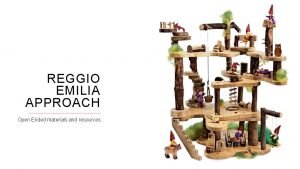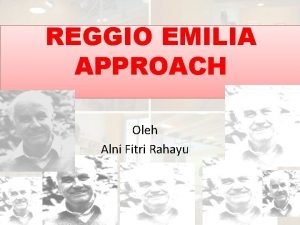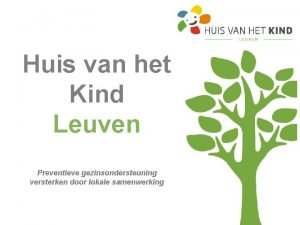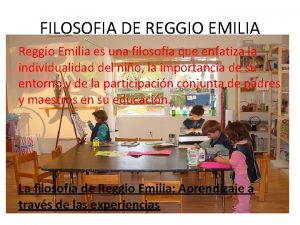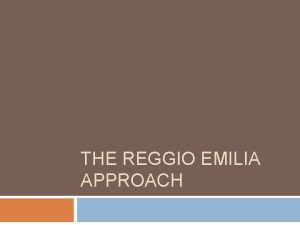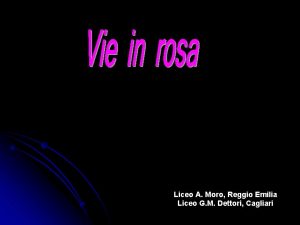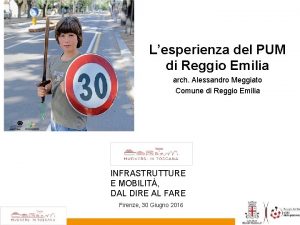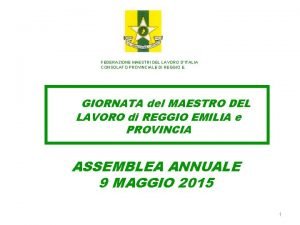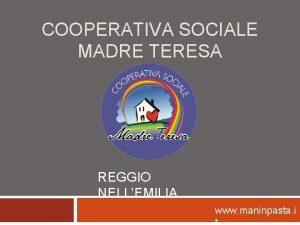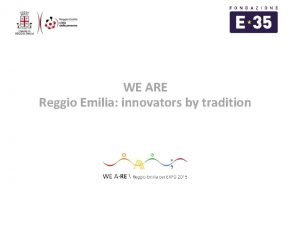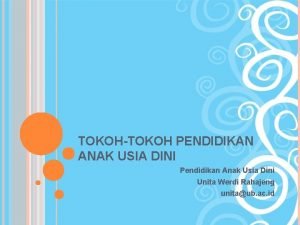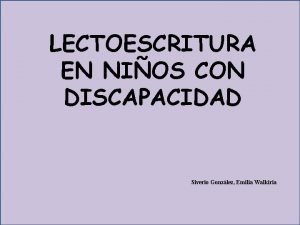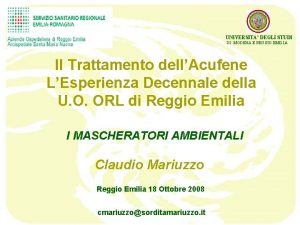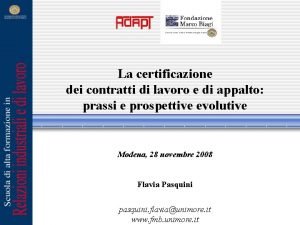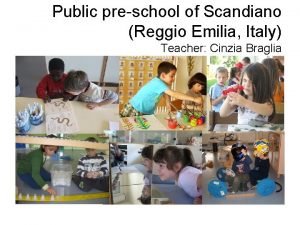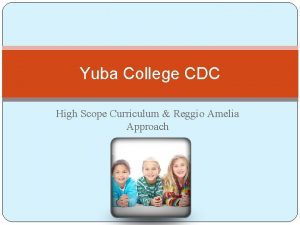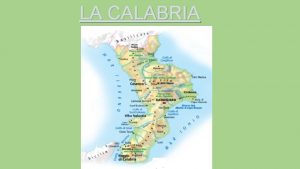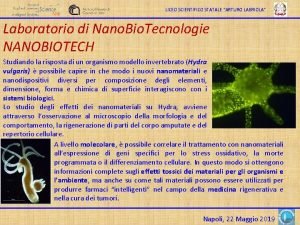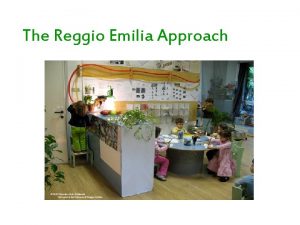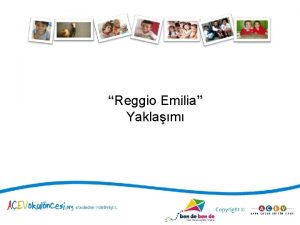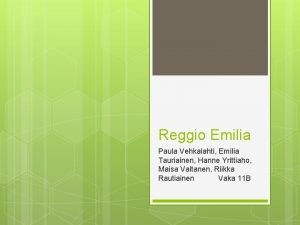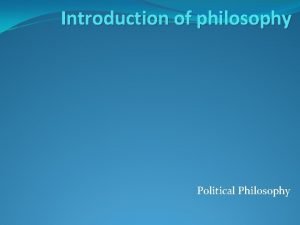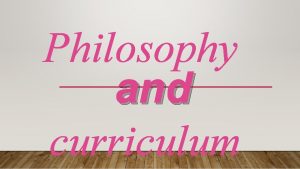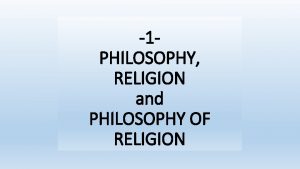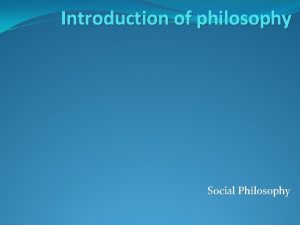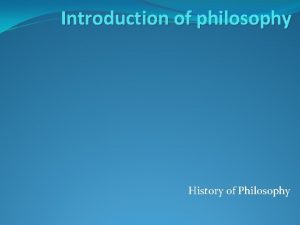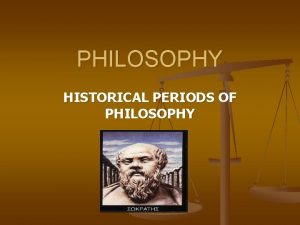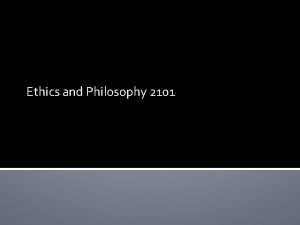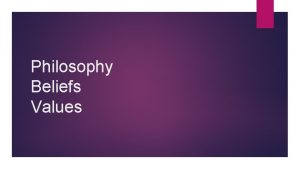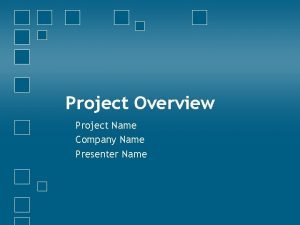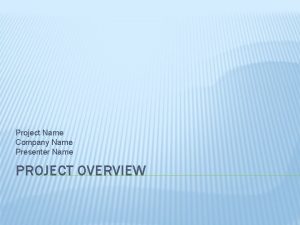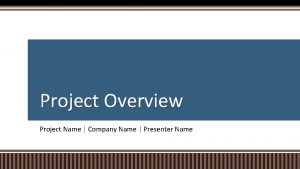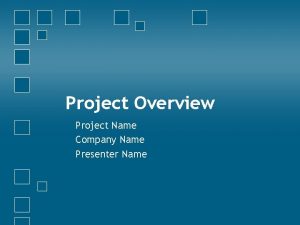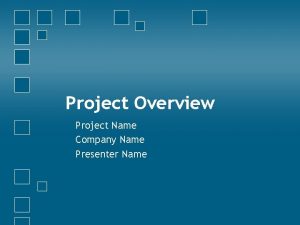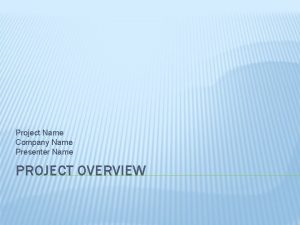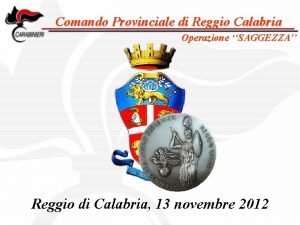Reggio Emilia Project Name s Reggio Emilia Philosophy
![Reggio Emilia Project. [Name] Reggio Emilia Project. [Name]](https://slidetodoc.com/presentation_image_h2/830159db42bc160e68452e4c5fab7c4f/image-1.jpg)






















- Slides: 23
![Reggio Emilia Project Name Reggio Emilia Project. [Name]](https://slidetodoc.com/presentation_image_h2/830159db42bc160e68452e4c5fab7c4f/image-1.jpg)
Reggio Emilia Project. [Name]




s





Reggio Emilia Philosophy • The role of the child • Children are little researchers; they can and want to communicate with the surrounding world. They are individuals with own thoughts, emotions and expressions

A child on Reggio Emilia • "The child is worthy of being listened to. " "Listen, observe, interact, and learn from the child. " "Do not place the child in adultdesigned or arbitrary time slots of adult management systems. " "If the child is misbehaving, find out why, find out what the child is trying to communicate, find out how you can help the child. " "Your job as an adult is to help the child communicate his feelings and guide the child toward a positive resolution of the problem.

The Role of the Teacher. • The teacher in Reggio Emilia is the researcher, the data gatherer, the learner, and the strategic contributor to the child's capacity to learn. The responsibility is on the community of teachers to provide the contexts for learning. • Instead of following a set agenda, the Reggio Emilia approach encourages teachers to let a child’s interests guide the curricula. Teachers are trained to recognize a child’s interests and create on-going projects that stimulate a child’s curiosity.

Malagussi a former Reggio Emilia Teacher said: • "Each child is unique and the protagonist of his or her own growth. Children desire to acquire knowledge, have much capacity for curiosity and admiration, and yearn to create relationships with others and communicate. "

Reggio Emilia Assessment • Documentation is central in the Reggio Emilia approach. Documentation communicates the life of the center to others visiting the center. It also provides opportunities for children to revisit the experience. Documentation is a process that involves observation, reflection, collaboration, interpretation, analysis, and is made a part of the classroom.

More on Reggio Emilia Assessment. • Multiple forms of documentation: photographs, audiotape transcripts, videotapes, note taking and the actual product of a child’s work create a multi sensory "memory” of an activity. Posting the documentation in the preschool encourages students to learn from one another and to appreciate the process of creating.

Reggio Emilia Classrooms Philosophy. • In Reggio schools, time is not set by the clock, but by the child’s needs and interests. Monday doesn't mean paint day and everybody go to the bathroom at the same time. There should be sufficient time for a child to express, learn, explore, extend and revisit a given project.

Classroom view: • A welcoming environment encourages a child to engage in activity and discovery. Wall-sized windows, mirrors placed on floors, walls and ceilings establish a space filled with opportunity. The Reggio Emilia approach integrates nature into the curriculum so that the child learns to appreciate the physical and structural environment. The architecture is designed to encourage playful encounters for the preschool students.

Classroom view on Reggio Emilia

The environment of the room: Within the Reggio Emilia schools, great attention is given to the look and feel of the classroom. Environment is considered the "third teacher. " Long hallways are meant for running, doors are meant to be opened and closed and stairs are meant to be climbed in. Teachers carefully organize space for small and large group projects and small intimate spaces for one, two or three children. Documentation of children's work, plants, and collections that children have made from former outings are displayed both at the children's and adult eye level. Common space available to all children in the school includes dramatic play areas and worktables for children from different classrooms to come together.

Classroom environment

Reggio Emilia classroom exploration.

Children with "Special Rights" • The Reggio Emilia schools work with children with special rights in a very responsive way. For example, one child with autism was allowed to roam around the school for several months while the teachers observed her to find out what was interesting and motivating for her. The staff noticed the child was interested in light

Questions & Comments
 Open ended materials
Open ended materials Kurikulum reggio emilia
Kurikulum reggio emilia 3 pedagogen reggio emilia
3 pedagogen reggio emilia Filosofía reggio emilia
Filosofía reggio emilia Reggio emilia approach history
Reggio emilia approach history Moro reggio emilia
Moro reggio emilia Pums reggio emilia
Pums reggio emilia Istituto tecnico turistico motti reggio emilia
Istituto tecnico turistico motti reggio emilia Maestri del lavoro reggio emilia
Maestri del lavoro reggio emilia Madre teresa cooperativa sociale
Madre teresa cooperativa sociale Starbucks competitors
Starbucks competitors Mag reggio emilia
Mag reggio emilia Reggio emilia
Reggio emilia Reggio emilia
Reggio emilia Lectoescritura reggio emilia
Lectoescritura reggio emilia Henry sound reggio emilia
Henry sound reggio emilia Certificazione contratti reggio emilia
Certificazione contratti reggio emilia Reggio emilia italy preschool
Reggio emilia italy preschool Name 3 points
Name 3 points Agile inception
Agile inception 5 ingredients of active learning
5 ingredients of active learning Tommaso gulli reggio calabria
Tommaso gulli reggio calabria Calabria politica cartina
Calabria politica cartina Pandora cuneo
Pandora cuneo
